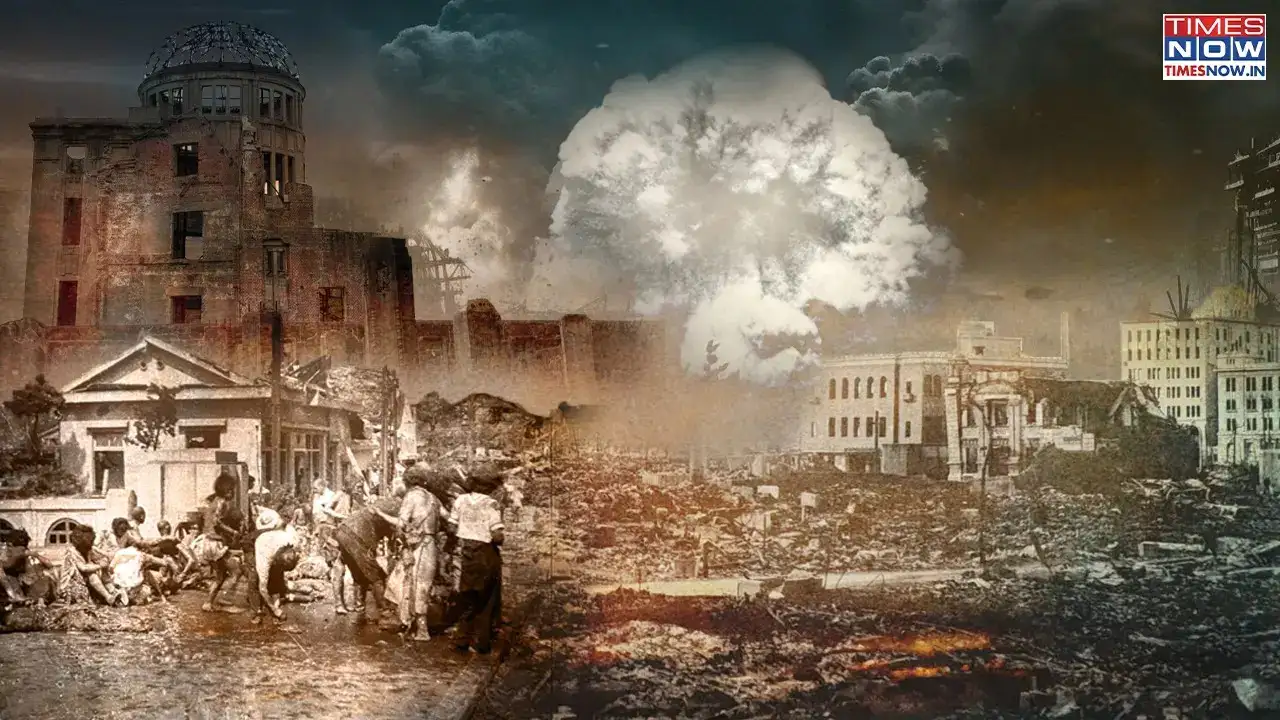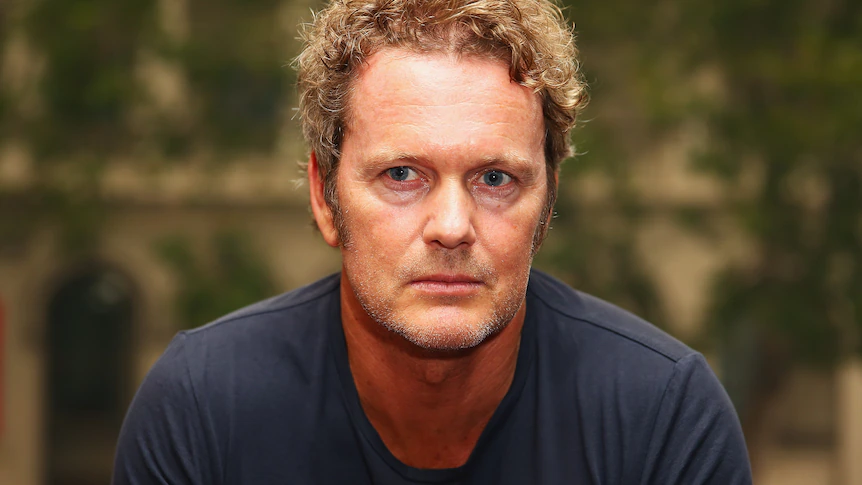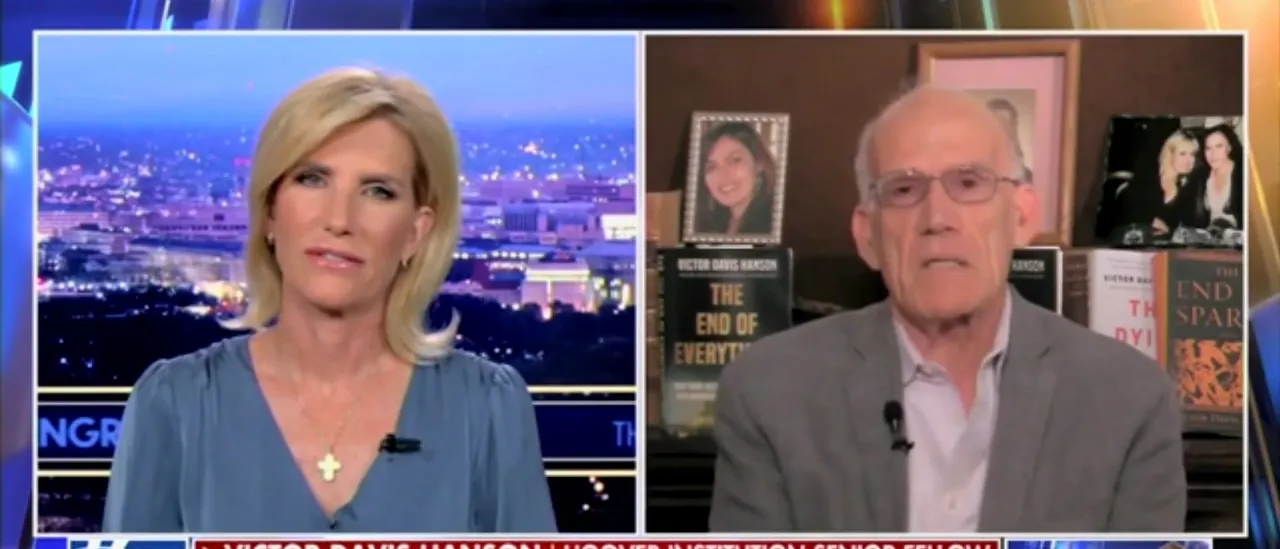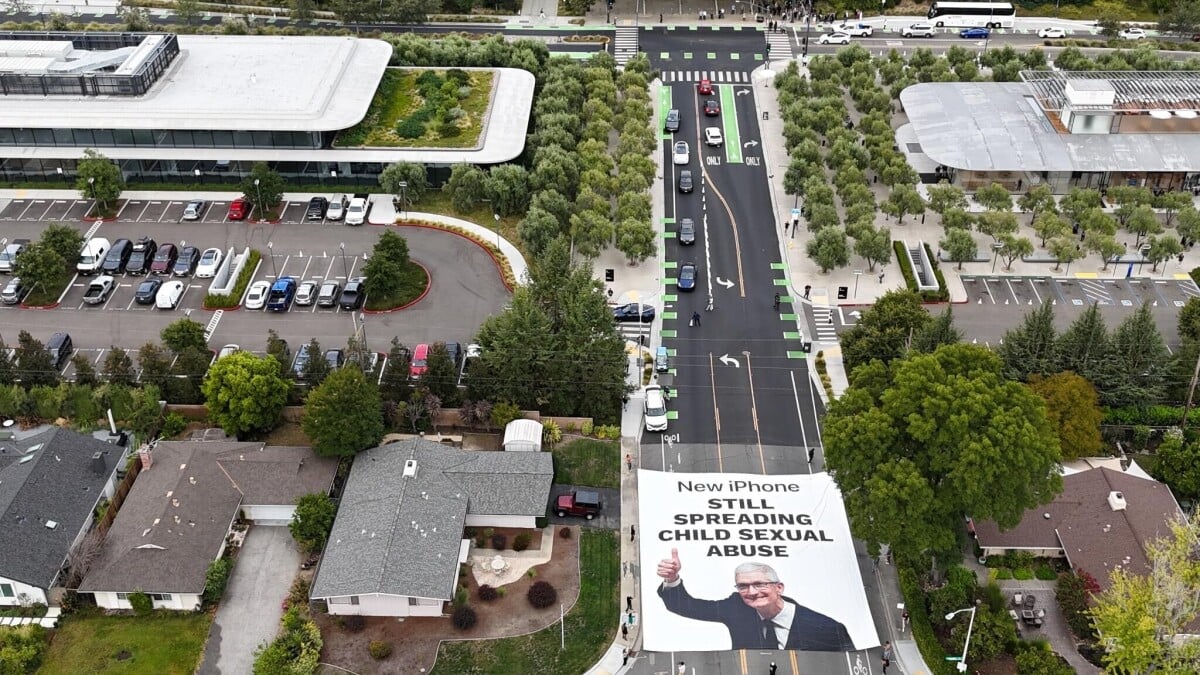By Ishita Roy
Copyright timesnownews

At 8.15 am on August 6, 1945, the ‘Little Boy’ exploded in Hiroshima, changing the fate of its people for years. Dropped by the American Boeing B-29 bomber Enola Gay, the uranium-based gun-type bomb earned its nickname for being relatively small compared to the one used three days later at Nagasaki, 421 kilometers away. Colonel Paul Tibbets flew low on automatic pilot before climbing to 31,000 feet as the plane neared the target, releasing the 9,700-pound bomb that engulfed the city in flames within seconds. In his words, “The city was hidden by that awful cloud…boiling up, mushrooming, terrible and incredibly tall.” What was left of the cities – Hiroshima and Nagasaki – after the atomic bomb attacks could be defined in one word – catastrophic. In Hiroshima alone, tens of thousands lost their lives in just minutes after the blasts. Many more succumbed to burns, radiation sickness, and injuries in the days and months that followed. Entire neighbourhoods were flattened, leaving behind only shadows etched into walls and pavements where people once stood, alive, happy, and hopeful. Just three days later, Nagasaki suffered a similar fate, with another bomb unleashing devastation on a city of unsuspecting civilians. The scale of human suffering was unlike anything the world had ever witnessed, forever altering the course of history. One of the first few photos of the unimaginable disaster was captured by Gonichi Kimura, who was just 4 km away from the hypocentre, the point on the Earth’s surface directly below a nuclear explosion, at the Ujina-machi Army Ship Training Division. The Atomic Bomb Photo Testament accounts for those who photographed the mushroom clouds, one of whom said, “As I looked toward the center of the city I saw, through clouds of thick gray smoke, fires burning in about seven places. Soon the fires spread over the entire city filling the sky with gray smoke.” Another photographer who documented the blast 6.5 km away from the hypocenter, named Seiso Yamada was only 17 at that time. His photo is documented in the Collection of The Chugoku Shimbum, one of the earliest known ground-level photograph of the mushroom cloud. The account notes: “It was a deep-red perhaps a sort of blackish red-orange. In any case, it was a vivid, intense color I’d never seen before.” 80 years later, as I walked down the same streets which were once bombed to nothing, I witnessed how the city built itself from ashes. The Hiroshima Peace Memorial or the Genbaku Dome was the only structure which was left in the area when the bomb exploded. Genbaku in Japanese means atomic bomb. The dome’s ruin is preserved in the same state as immediately after the bombing, with the dome’s skeletal structure exposed. It is a World Heritage Site and the UNESCO website rightly notes: Not only is it [the dome] a stark and powerful symbol of the most destructive force ever created by humankind, it also expresses the hope for world peace and the ultimate elimination of all nuclear weapons. Rightly so, the city itself, despite all the destruction does not send a message to wage war or revenge, but of peace. A few steps away from the Genbaku Dome is the Hiroshima Children’s Peace Memorial, which commemorates Sadako Sasaki, the youngest victim of the aftermath of the bombing who died as she developed leukemia from the atomic bomb radiation. The monument also pays tribute to thousand of other child victims of the bombing. As I reached the memorial, I witnessed students from a local school paying tribute to the child victims of the Hiroshima bombing. Their message was clear, it was of hope. They bowed down to Sasaki, and hung a banner made of thousands of paper crane, a symbol of peace, among the many other existing such banners there. What Was Hiroshima Like Before And After August 6? The Hiroshima Peace Memorial Museum plays a video that shows how the city was like before it was bombed. The city, was like any other city, quite, peaceful, and people busy in their own lives. The video then goes on to show the bombing, the aftermath and how slowly and gradually the city was rebuilt. If you heard about the term Kintsugi, the rebuilding of Hiroshima is nothing less than that. For those who do not know what it means – the Japanese term means the art of repairing broken things with gold. For Hiroshima, peace is their gold. The Collection of The Chugoku Shimbun features a photo that shows a policeman writing disaster certificates which were issued within 8 hours of the bombing. The photo is also displayed at the Hiroshima Peace Memorial Museum. A Guardian report from 2016 notes that electricity flickered back in the Ujina area just a day after the bombing, and by November that year, power reached every surviving home. Water pumps were repaired within four days, while the central telephone exchange – though destroyed and bereft of staff, managed to restore 14 experimental lines by mid-August. Many people also migrated from nearby towns such as Fuchu, Kure and Yamagachi to help Hiroshima. They brought supplies, repaired infrastructure, and stood alongside survivors in restoring basic life. Banks, too, reopened quickly. The Hiroshima branch of the Bank of Japan, one of the few concrete buildings still standing, resumed operations two days after the blast, offering its floor space to 11 other destroyed banks. Staff worked under the open sky, shaded only by umbrellas when it rained. By 9 August, limited streetcars rattled back to life, while trains began ferrying survivors and supplies on short routes. Higashi Police Station, despite lying within the devastated zone, became the nerve centre for search, rescue, and relief. By early October, people left messages on stairway and classroom walls in Fukuromachi Elementary School, which worked as a relief station. The messages also helped the family members know that their loved ones were safe, or asked for, or still missing. Rebuilding A City, Without A Mayor Hiroshima’s leadership had been obliterated. The mayor, Senkichi Awaya, was among the dead, and the municipal government was reduced from 1,000 employees to just 80 overnight. Those left had to cremate bodies, provide food, and treat the dying with virtually no resources. Healthcare was almost nonexistent: 14 of the city’s 16 major hospitals were gone, and most doctors and nurses killed. Survivors constructed shantytowns of wooden shacks, housing 10,000 families in desperate conditions. Among many who helped was the then 45-year-old Takumi Nakamura who entered Hiroshima City to provide relief as leader of a civil defense team and used fire hook to pull countless body from the Motoyasu River, where people deliberately drown, hoping to find some relief from the extreme heat. Stretcher cloth, now lies at the museum display, donated by Shigemi Sera was also used to carry many to the shanty-make-shift hospitals. International troops arrived in 1946, but their role was mostly supervisory. Supplies flowed under the US-led occupation, while British Commonwealth troops in nearby Kure ensured order and facilitated logistics. A New City In Making With Japan’s surrender, reconstruction became the nation’s new mission. Hiroshima launched a five-year recovery plan, reviving industries and benefiting from the demand generated by the Korean War. But the most powerful transformation came not from economics but from a vision of peace. In 1946, the Chugoku Shimbun newspaper held a competition for ideas to rebuild the city. The winning entry imagined a peace plaza, museums, libraries, and green spaces, a city that would stand not only as a home for survivors but as a global symbol of peace. That vision gained force in 1949 when Japan’s parliament passed the Peace Memorial City Construction Law, declaring Hiroshima a city dedicated to peace. The law unlocked funding, transferred state-owned land to the city, and made possible the large-scale redevelopment that followed. The city grew alongside Japan’s postwar economic miracle. By 1958, its population had rebounded to pre-war levels. Architect Kenzō Tange’s Peace Memorial Park, completed in the late 1950s, became the heart of this reborn city, housing a museum, a cenotaph, and wide boulevards lined with greenery. But rebuilding was not without tensions. Thousands of families living in post-bomb shantytowns were displaced to make way for the park, leaving them on the riverbanks in unsafe conditions until public housing arrived decades later. A City of Memory Hiroshima’s rebirth posed a question: should the city erase all traces of its past or preserve them as reminders? Survivors were divided, many wanted no visible scars, while others insisted that memory must endure. The compromise stands today in the skeletal ruins of the A-Bomb Dome or the Genbaku dome, preserved as both warning and memorial. Around it, a modern city thrives, with busy roads and high-rises as the proof of resilience, alongside flows the Motoyasu River, whose bridge, almost miraculously was spared from collapse. From Ruin to Resolve Power restored within days to the passing of a landmark law in 1949, when national politicians, recognised Hiroshima’s special status and passed the Peace Memorial City Construction Law. Hiroshima’s revival was an act of collective determination from survivors, volunteers, civic leaders, and later, the entire Japanese nation. What was once a nuclear wasteland is now a vibrant city, its scars transformed into symbols of peace. In its reconstruction, Hiroshima proved not just the resilience of a people, but the possibility of turning tragedy into a universal message: never again.



